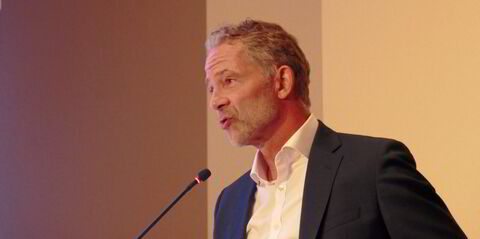Norway’s Cleaves Securities is sitting on useful gains for its shipping fund as its big tanker bet continues to pay off.
The investment bank said May was a strong month for shipping equities, marking one of the most successful periods in the fund’s history.
The fund logged monthly growth of 7.6%.
“Cleaves Shipping Fund is now one the best performers among Nordic hedge funds,” head of fund management Carl Synvis said.
So far this year, the fund has gained 18% and is now up 71% since its inception in July 2022.
The month was influenced by first-quarter reporting for many of the companies in the portfolio, with most recording strong numbers.
“Together with promising forecasts and increased payouts, we saw equities performing strongly after numbers were released,” Synvis added.
And he noted upward earnings revisions across the board through May.
“It appears the market did not fully account for the companies’ increased earnings resulting from longer voyages caused by disruptions in the Red Sea and the Suez Canal,” he said.
“Since tensions began in the Red Sea, the fund’s strategy has focused on over-exposure to oil tankers, particularly product tankers. This strategy has been successful, with portfolio names delivering up to 80% returns during this period.”
Outperforming the wider market
By contrast, the MSCI World Index, designed to track broad global equity market performance, has returned 20.75% over the same time frame.
Market analysts predict that global oil demand will increase by between 1.4m barrels per day and 1.5m bpd in 2024/2025, with more than 90% of this growth coming from China and other non-OECD countries, according to Cleaves.
“Interestingly, the average sea voyage duration for crude imports to these regions is approximately 45% and 11% longer than the global average, respectively,” Synvis said.
“After a strong start in 2024, we anticipate that the product tanker segment will further tighten in 2025.”
The executive explained that new refining capacity is shifting towards feedstock sources and expanding markets in Asia.
At the same time, demand in western regions is stagnant or declining.
“This geographical imbalance is expected to continue enhancing market dynamics in 2024/2025,” said Synvis.
“With an average product tanker supply growth of 4% between 2024 and 2026, we project fleet utilisation to increase until 2025.”




